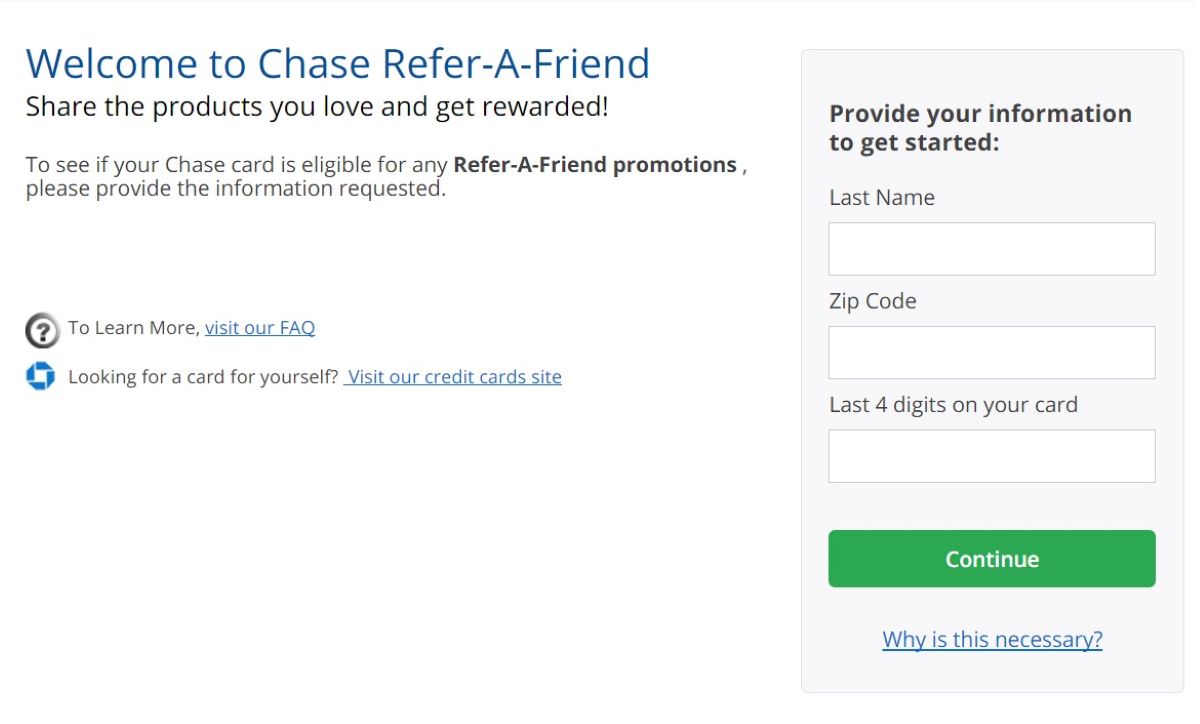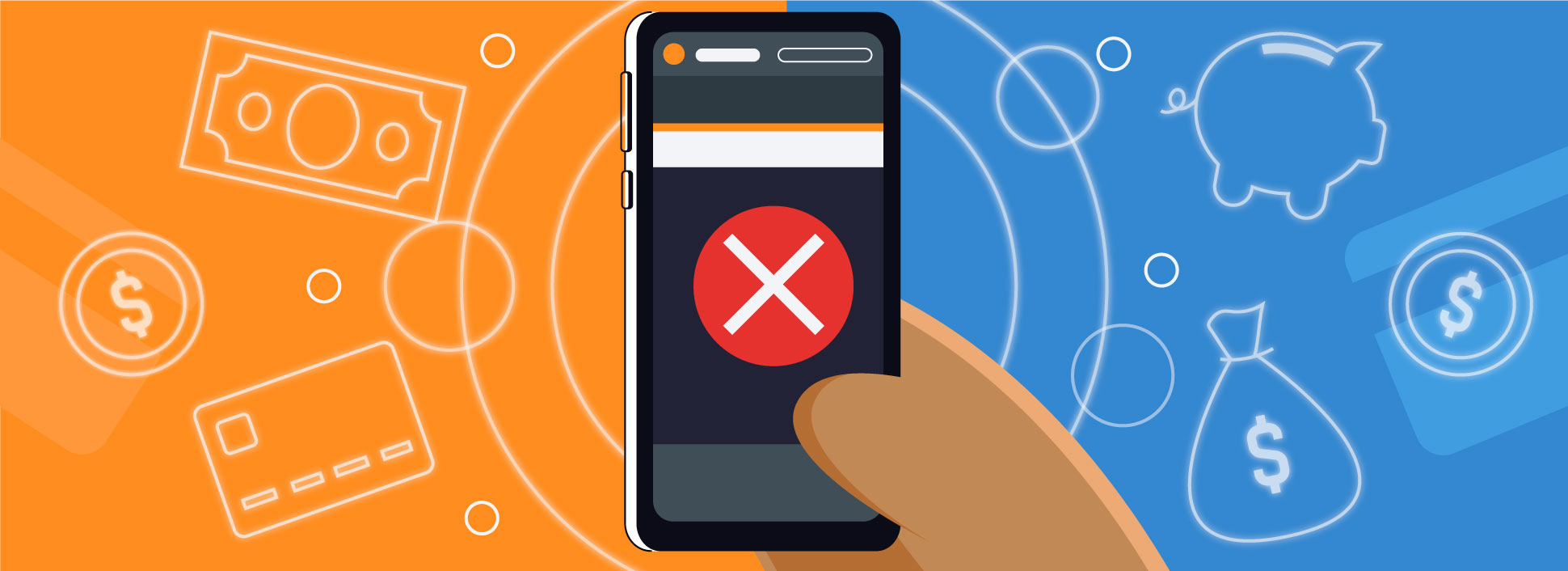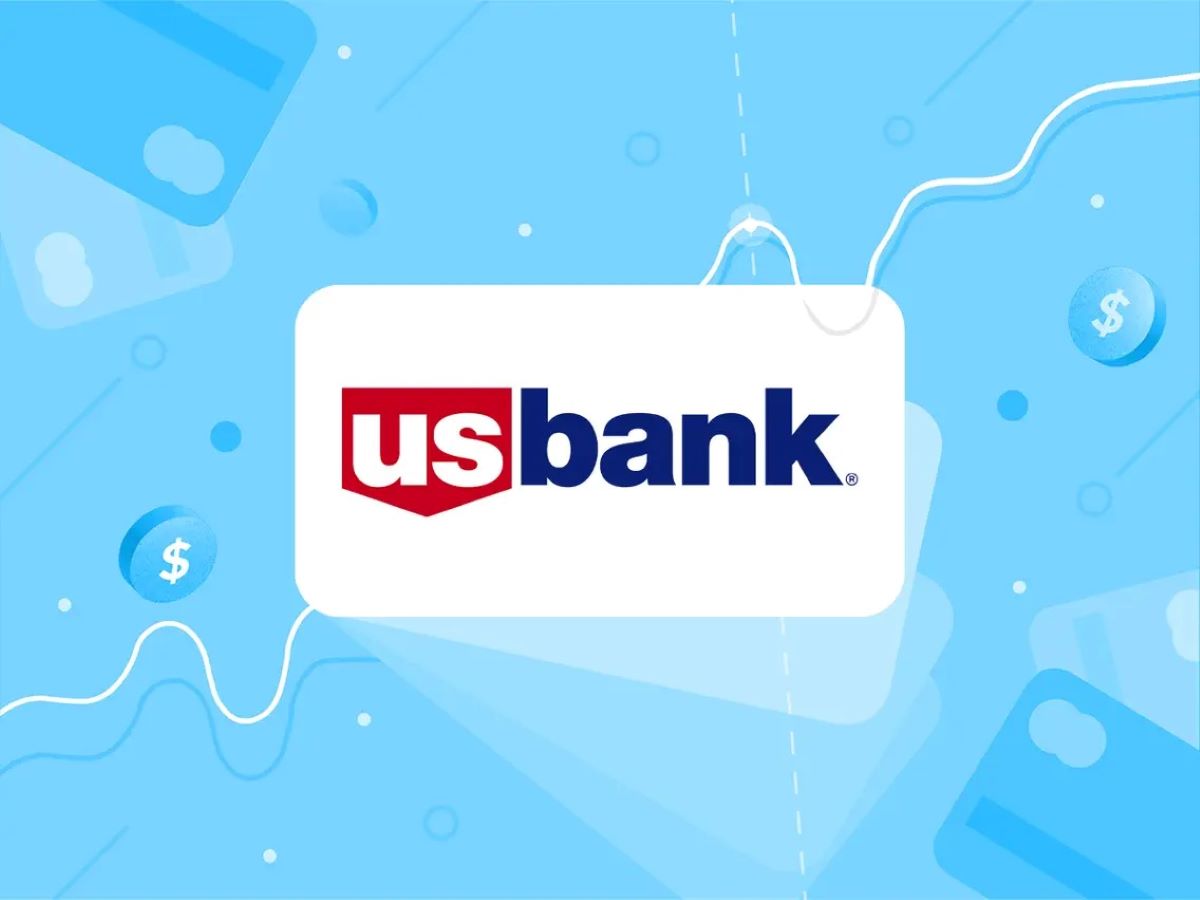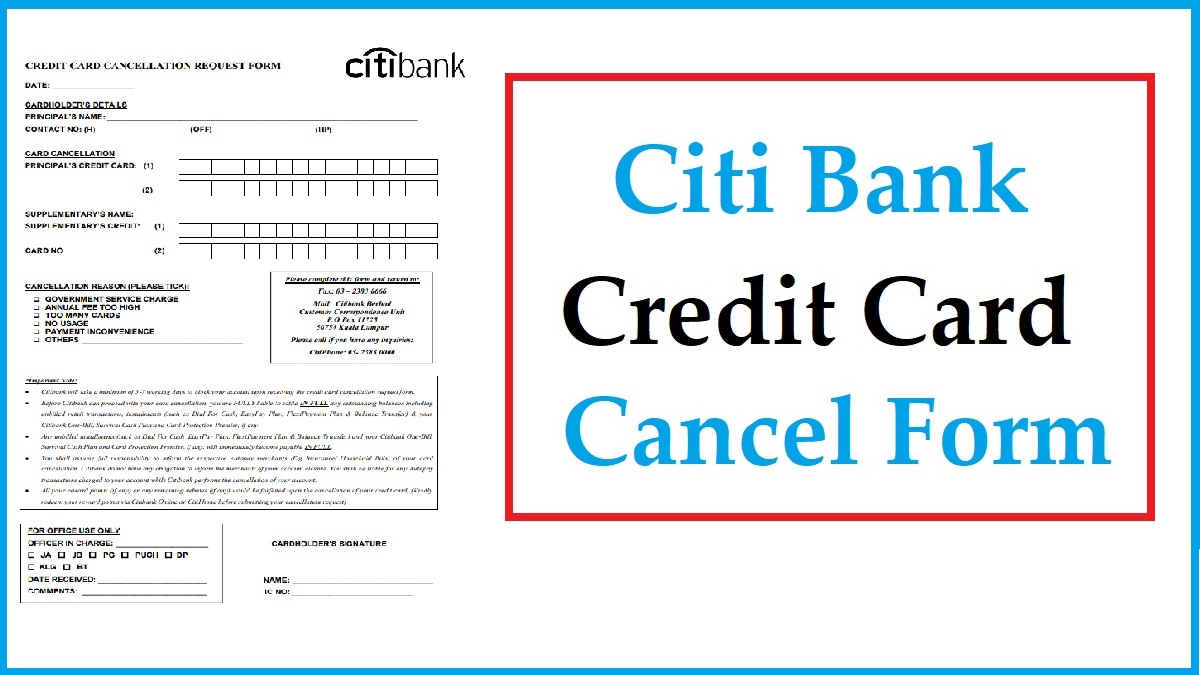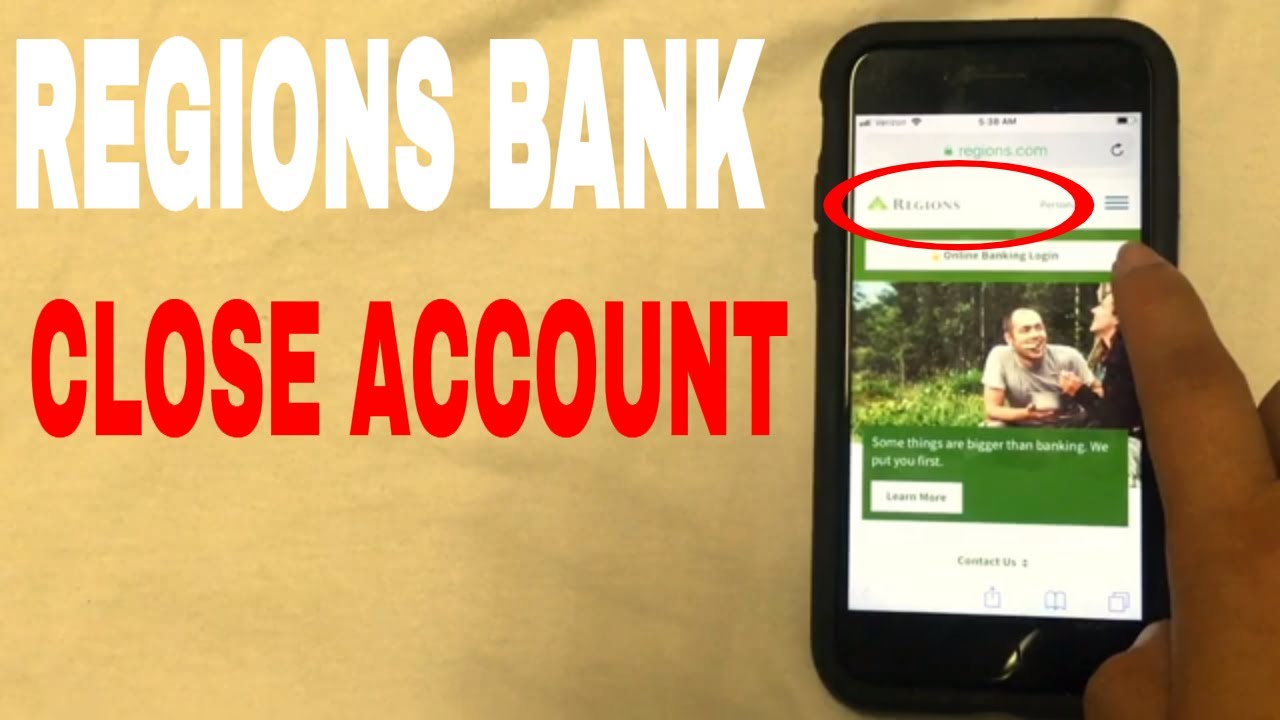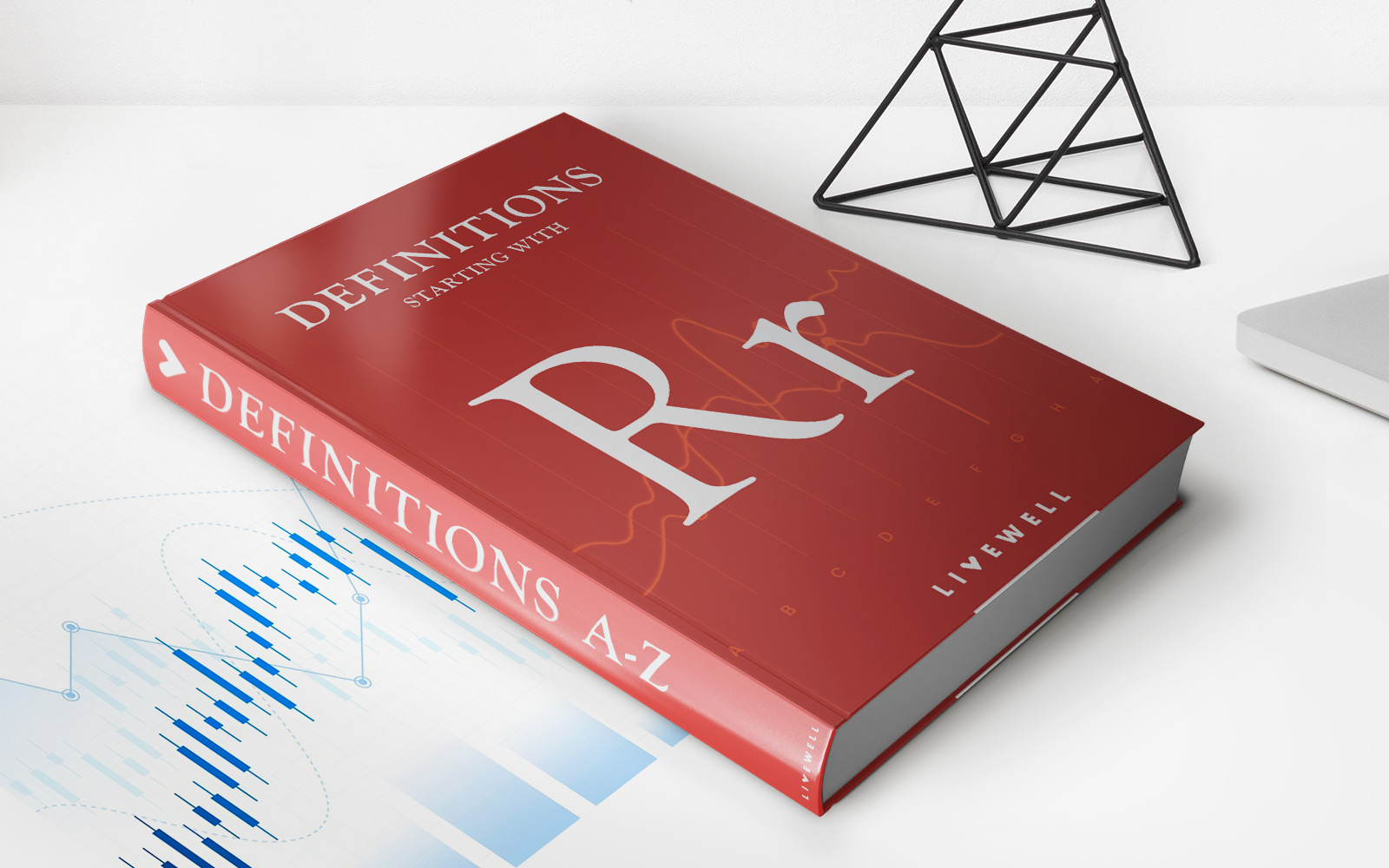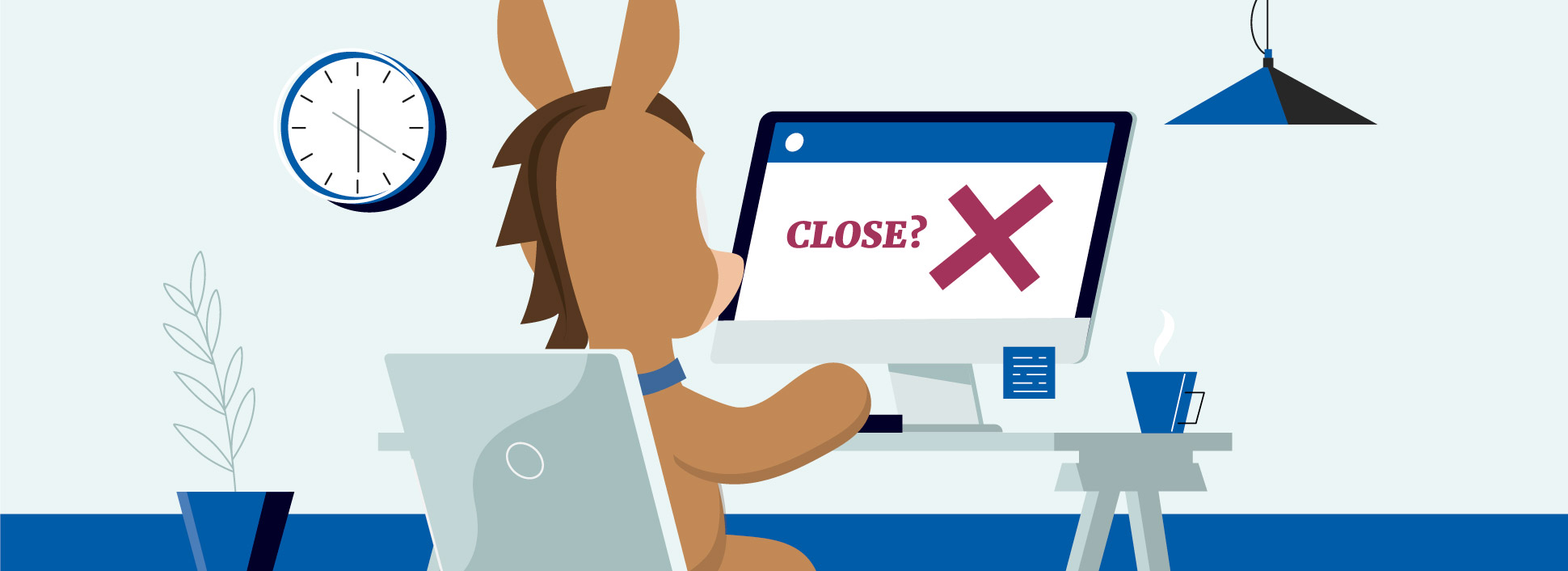

Finance
How To Close Chase Checking Account
Modified: February 21, 2024
Learn how to close your Chase checking account and manage your finances effectively with our step-by-step guide. Take control of your financial future today!
(Many of the links in this article redirect to a specific reviewed product. Your purchase of these products through affiliate links helps to generate commission for LiveWell, at no extra cost. Learn more)
Table of Contents
Introduction
When it comes to managing your finances, finding the right bank and account that suits your needs is crucial. While Chase Bank offers a range of services and products, you may find that you need to close your Chase checking account for various reasons. Whether you’re switching to a different bank, consolidating your accounts, or simply no longer require a checking account, closing your Chase account can be a straightforward process if you follow the necessary steps.
In this article, we will guide you through the process of closing your Chase checking account efficiently. From gathering the required documentation to contacting customer service and verifying the closure, we will cover all the essential steps. It’s important to note that closing a checking account may have implications on your financial activities, so it’s vital to plan and prepare in order to minimize any potential disruption.
Before diving into the specific steps, it’s worth mentioning that some individuals choose to keep their Chase account open even if they no longer use it actively. This can be helpful if you have automatic payments or deposits linked to the account. However, if you have made up your mind and want to close your Chase checking account, continue reading to learn how to do it properly.
Step 1: Gather Necessary Documentation and Information
Before initiating the closure of your Chase checking account, it’s important to gather all the necessary documentation and information that may be required during the process. This will ensure a smooth and efficient account closure without any unnecessary delays or complications.
Here are the key documents and information you should have on hand:
- Account Information: Make sure you have the account number of your Chase checking account. If you’re not sure where to find it, you can typically locate it on your account statements, online banking portal, or by contacting Chase customer service.
- Identification Documents: Prepare your government-issued identification documents such as a driver’s license, passport, or photo ID. These will be needed to verify your identity when closing the account.
- Address and Contact Details: Ensure that you have your current mailing address, phone number, and email address updated in the bank’s records. This will help in communicating any important updates or notifications regarding your account closure.
- Joint Account Holders: If you have a joint checking account with another individual, it’s important to involve them in the account closure process. They may be required to provide their identification documents as well, so inform them about the decision to close the account.
- Outstanding Payments and Transactions: Take note of any pending payments or transactions linked to your Chase checking account. It’s essential to ensure that all outstanding payments are settled or transferred to another account before closing your account to avoid any disruptions or fees.
By gathering these documents and information beforehand, you’ll ensure that you have everything you need when contacting Chase to initiate the account closure process. This preparation will help streamline the process and prevent any unnecessary back-and-forth communication with the bank.
Step 2: Transfer or Close Linked Accounts and Services
Before you proceed with closing your Chase checking account, it’s important to address any linked accounts or services that may be associated with it. This step will help you minimize any disruptions in your financial activities and ensure a smooth transition without any unexpected complications.
Here are some key considerations for transferring or closing linked accounts and services:
- Automatic Payments: Review your checking account statements and identify any recurring automatic payments or bill payments. Make a list of these services and contact each provider to update your payment details. You can provide them with your new bank account information or switch to an alternative payment method.
- Direct Deposits: If you receive direct deposits to your Chase checking account, such as your salary or other income, it’s crucial to inform the appropriate parties about your account closure. Contact your employer, government agencies, or any other entities that deposit funds directly into your account and provide them with your new banking details.
- Linked Savings Account: If you have a linked savings account with Chase, decide whether you want to keep it open or close it along with your checking account. If you choose to keep it open, make sure to update the funding source for the savings account to avoid any issues.
- Overdraft Protection: If your Chase checking account is linked to an overdraft protection service, consider whether you still need it or if you have an alternative arrangement. If you no longer require overdraft protection, it’s advisable to cancel this service before closing your account.
- Additional Services: Take note of any other services or features associated with your Chase checking account, such as debit cards, checks, or online banking features. Make sure to address these services according to your preferences, whether it’s cancelling or transferring them to a new account.
By proactively transferring or closing the linked accounts and services, you can reduce the risk of missed payments, avoid unnecessary fees, and ensure a seamless transition to your new banking arrangements. It’s important to allocate sufficient time for this step to avoid any last-minute complications or oversights.
Step 3: Withdraw Remaining Funds
Before closing your Chase checking account, you’ll need to ensure that you withdraw any remaining funds from the account. It’s essential to have a zero or minimal balance to avoid any overdraft fees or complications during the account closure process.
Here’s how you can withdraw your remaining funds:
- Cash Withdrawal: If you have access to a Chase branch, visit the nearest branch location and request a cash withdrawal of the remaining funds in your checking account. Make sure to bring along your identification documents for a smooth transaction.
- ATM Withdrawal: If you have a Chase debit card linked to your checking account, you can use it to withdraw cash from a Chase ATM or any other ATM network that accepts your card.
- Electronic Transfers: If you prefer to transfer the funds electronically, you can initiate a transfer to another account you own. This can be done through Chase’s online banking platform or by contacting Chase customer service and providing them with the necessary details. Keep in mind that there may be transfer limits or fees associated with this option.
- Write a Check: If you have checks linked to your Chase checking account, you can write a check to yourself or transfer the funds to another account by depositing the check into that account.
It’s important to ensure that you have withdrawn all the funds from your Chase checking account before proceeding with the account closure process. Leaving even a small balance may result in fees or complications during the closure process. Take the time to review your transactions and make any necessary transfers or withdrawals to avoid any issues.
Step 4: Contact Chase Customer Service
Once you have gathered the necessary documentation, addressed linked accounts and services, and withdrawn your remaining funds, it’s time to contact Chase customer service to initiate the closure of your checking account. This step is crucial to ensure that the account closure process is handled correctly and efficiently.
Here’s how you can reach out to Chase customer service:
- Phone: Contact Chase customer service by phone using the dedicated phone number for account closure inquiries. This number can typically be found on Chase’s official website or on your account statements. Prepare your account information and identification details to provide to the representative when prompted.
- In-Person: If you prefer face-to-face communication, you can visit a local Chase branch and speak to a representative about closing your checking account. Make sure to bring your identification documents and account details for verification.
- Online Messaging: Some banks, including Chase, offer online chat or messaging services for customer inquiries. Check if this option is available and initiate a chat session to inform the representative about your account closure request.
During your conversation with Chase customer service, be prepared to provide the required information, such as your account number, identification details, and reason for closing the account. The representative may also ask you to verify some account-specific information for security purposes.
Take note of any confirmation numbers, reference numbers, or details provided by the representative during your conversation. This information will be useful for future reference and as proof of your account closure request.
It’s crucial to be clear and firm about your intention to close your Chase checking account. The representative may try to persuade you to keep the account open or explore alternative solutions. Stay firm in your decision, but also be open to addressing any concerns or questions they may have regarding your account closure.
By contacting Chase customer service, you ensure that your account closure request is properly documented and initiated. It also allows you to address any final questions or concerns you may have before proceeding with the closure process.
Step 5: Submit a Written Request to Close the Account
After contacting Chase customer service, it’s advisable to submit a written request to officially close your Chase checking account. This additional step serves as a formal confirmation of your account closure intention and helps ensure that your request is processed accurately and efficiently.
Here’s how you can submit a written request to close your Chase checking account:
- Compose a Closure Letter: Write a concise and clear letter addressed to Chase Bank, stating your request to close your checking account. Include your account number, full name, and contact information in the letter. You can also mention the reason for closing the account if you wish.
- Include Proof of Identity: Attach a copy of your identification document (driver’s license, passport, or photo ID) to the closure letter. This serves as proof of your identity, ensuring that the request is legitimate.
- Provide Account Details: Mention the specific checking account you want to close in the letter. Include the account number, account holder(s) name(s), and any other relevant details to facilitate the closure process.
- Send the Request: Once you have prepared the closure letter and attached the necessary documentation, send the request to the appropriate Chase mailing address. You can typically find the correct address on your account statements or by contacting Chase customer service.
It’s recommended to send the closure letter via certified mail or with tracking to ensure that it reaches the bank securely. This will help you keep a record of the request and provide proof of your communication with Chase.
Remember to keep a copy of the closure letter and any related documentation for your records. This can be useful in case of any future discrepancies or inquiries regarding your account closure.
Submitting a written request to close your Chase checking account adds an extra layer of formality and verification to the closure process. It ensures that your intention to close the account is clearly communicated and documented, reducing the chances of any confusion or delays.
Step 6: Verify Account Closure
Once you have submitted your written request and taken the necessary steps to close your Chase checking account, it’s important to verify that the account closure has been successfully processed. This final step ensures peace of mind and confirms that your account is no longer active.
Here’s how you can verify the closure of your Chase checking account:
- Confirmation Letter: After receiving your written request, Chase will typically send a confirmation letter to the address associated with your account. This letter will confirm the closure of your checking account and provide any additional information or instructions, if required. Keep an eye out for this letter in your mail.
- Monitor Your Account: Be vigilant and monitor your Chase checking account for any activity after submission of your closure request. Ensure that no unauthorized transactions or charges are made and that the account balance remains at zero.
- Bank Statements: Regularly check your bank statements to ensure that no new transactions or fees are being charged to your account. This will help you identify any unusual activity that may indicate the account has not yet been closed.
- Contact Chase Customer Service: If you have not received a confirmation letter within a reasonable timeframe or if you notice any suspicious activity on your account, contact Chase customer service to inquire about the status of your account closure. They will be able to provide you with an update or investigate any discrepancies.
Verifying the closure of your Chase checking account is essential to ensure that all necessary steps have been completed and that your account is no longer active. It provides you with the assurance that your financial matters are in order and that there are no loose ends left unresolved.
By following these verification steps, you can confirm the closure of your Chase checking account and proceed with confidence knowing that the account is no longer accessible or in use.
Conclusion
Closing your Chase checking account may seem like a daunting task, but by following the necessary steps outlined in this guide, you can navigate the process smoothly and efficiently. Remember, planning and preparation are key to ensure a seamless closure.
By gathering the necessary documentation and information, addressing linked accounts and services, withdrawing your remaining funds, contacting Chase customer service, submitting a written request, and verifying the closure, you can confidently close your Chase checking account.
Throughout this process, it’s important to remain firm in your decision while also addressing any concerns or questions from Chase representatives. Communication, both written and verbal, plays a vital role in ensuring that your closure request is properly documented and processed.
It’s crucial to stay vigilant even after the closure is confirmed. Monitor your account statements and alert Chase customer service immediately if you notice any unauthorized transactions or discrepancies. This will help protect your financial well-being and maintain the integrity of your closed account.
Remember, the closure of your Chase checking account may have implications on your financial activities, so it’s essential to plan ahead and inform relevant parties about the change. Update your payment information with service providers and ensure that direct deposits are rerouted to your new account.
Closing your Chase checking account is a necessary step in managing your finances effectively. Whether you’re switching banks, consolidating accounts, or simply no longer require a checking account, following the steps outlined in this guide will help ensure a smooth and hassle-free closure process.
Lastly, if you have any specific questions or concerns, don’t hesitate to reach out to Chase customer service for further assistance. They are there to help you navigate the process and address any issues that may arise along the way.
By taking the necessary steps, planning ahead, and staying proactive, you can successfully close your Chase checking account and move forward with your financial goals and aspirations.
